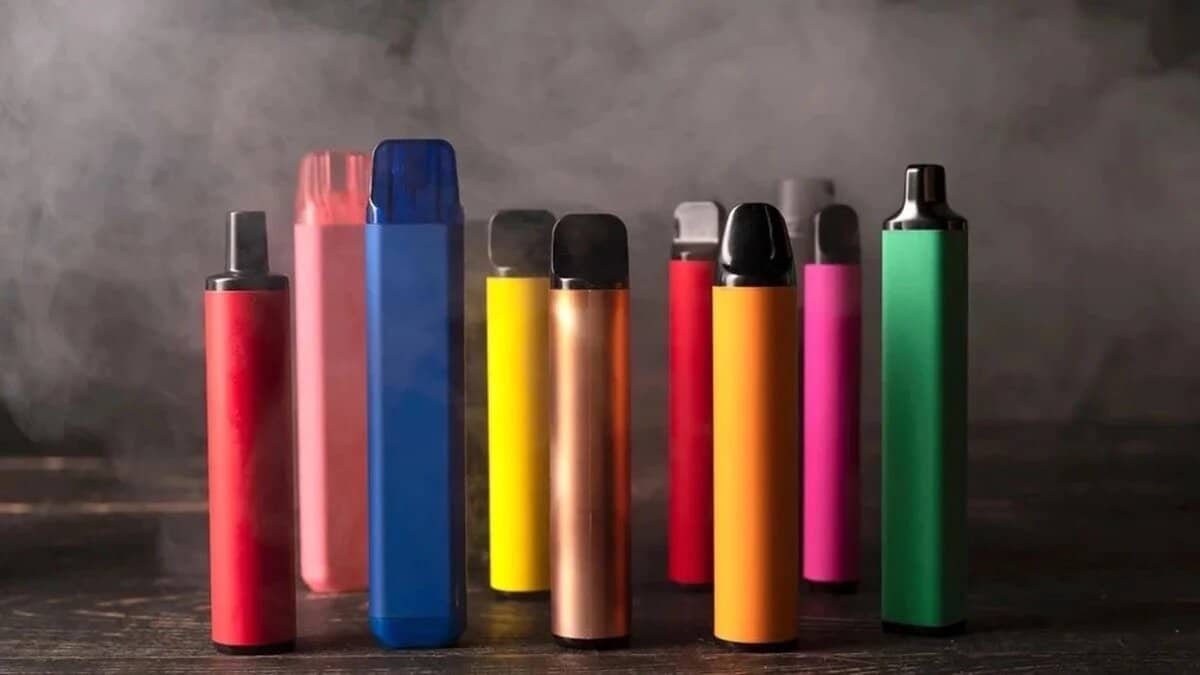How Long Can I Keep the Groove Fan On?

Keeping a groove fan running continuously can be a common concern for homeowners and businesses alike. These fans, known for their efficient airflow and cooling capabilities, are widely used in various settings. Whether you use a groove fan in a workshop, home, or industrial environment, understanding its operational limits and maintenance needs is crucial for safety, longevity, and efficiency. In this article, we’ll explore how long you can keep a groove fan running, factors influencing its operation, maintenance tips, and best practices.
What Is a Groove Fan?
A groove fan is a specialized type of fan often used for high-performance cooling and ventilation. It features a grooved blade design that enhances airflow and minimizes noise, making it a popular choice in residential, commercial, and industrial settings. Groove fans can be mounted on walls, ceilings, or used as standalone units, depending on the application.
Factors Affecting Continuous Operation
Several factors determine how long a groove fan can run continuously without encountering issues:
1. Build Quality
- High-quality groove fans, built with durable materials and advanced engineering, are designed for prolonged use. Cheaper models might overheat or wear out faster when used continuously.
2. Motor Type
- Fans with brushless motors tend to last longer than those with brushed motors. Brushless motors generate less heat and experience less wear and tear.
3. Energy Efficiency
- Energy-efficient fans consume less power, reducing the risk of overheating and allowing for longer operation.
4. Environmental Conditions
- Operating the fan in dusty or humid environments can lead to the accumulation of debris or moisture, affecting its performance.
5. Usage Purpose
- Fans designed for industrial use are typically more robust and can run continuously compared to residential models.
6. Cooling Mechanisms
- Built-in thermal protection or cooling mechanisms can extend a fan’s runtime by preventing overheating.
How Long Can You Keep It On?
Most groove fans can run continuously for 24 to 48 hours without any issues, provided they are high-quality models and used under normal conditions. Some industrial-grade fans are engineered to operate non-stop for weeks. However, it’s essential to consult the manufacturer’s guidelines for specific recommendations.

Table: Recommended Continuous Runtime Based on Fan Type
| Fan Type | Recommended Runtime | Remarks |
|---|---|---|
| Residential Groove Fan | 8-12 hours | Turn off for at least an hour daily. |
| Commercial Groove Fan | 24-48 hours | Regular cleaning recommended. |
| Industrial Groove Fan | 7+ days | Ensure periodic maintenance. |
| Smart Groove Fan | Unlimited (Auto-regulated) | Operates based on temperature needs. |
Risks of Overuse
Keeping a groove fan on indefinitely without proper care can lead to:
- Overheating: Continuous operation can overheat the motor, leading to damage.
- Wear and Tear: Prolonged use accelerates mechanical wear, reducing the fan’s lifespan.
- Increased Energy Costs: Non-stop operation can result in higher electricity bills.
- Safety Hazards: Overheating or electrical issues can pose fire risks.
Maintenance Tips for Prolonged Use
To ensure your groove fan operates efficiently over long periods, follow these maintenance tips:
1. Regular Cleaning
- Dust and debris can accumulate on the blades and motor. Clean your fan at least once a month.
2. Lubrication
- Apply lubricant to the fan motor and bearings periodically to minimize friction.
3. Inspect Electrical Connections
- Ensure wires and connections are secure to prevent short circuits or overheating.
4. Check for Unusual Noises
- Grinding or clicking sounds might indicate a mechanical issue that needs attention.
5. Use a Timer or Smart Plug
- Set a timer to turn off the fan after a specific duration to avoid overuse.
6. Follow Manufacturer’s Guidelines
- Adhere to the operational and maintenance instructions provided by the manufacturer.
Best Practices for Using a Groove Fan
1. Set Appropriate Speeds
- Use low to medium speeds for continuous use and high speeds only when necessary.
2. Provide Adequate Ventilation
- Ensure the area around the fan is well-ventilated to avoid motor overheating.
3. Turn Off When Not Needed
- Avoid running the fan in unoccupied spaces to save energy.
4. Invest in Energy-Efficient Models
- Choose fans with energy-efficient motors and automatic shut-off features for extended use.
-
Groove Fans: Don\u2019t You Be Afraid\u2014Unwavering Performance and Longevity Explained.
Frequently Asked Questions (FAQs)
1. Can I leave my groove fan on overnight?
Yes, most groove fans are safe to use overnight if they are in good condition and operated according to manufacturer guidelines. Ensure the fan is clean and running at a moderate speed to avoid overheating.
2. What happens if my groove fan overheats?
Overheating can damage the motor and other components. Many modern fans have thermal protection features that automatically shut them off when overheating is detected.
3. How do I know if my groove fan needs maintenance?
Signs include reduced airflow, unusual noises, or visible dirt accumulation. Regular maintenance helps prevent these issues.
4. Is it expensive to run a groove fan continuously?
Energy-efficient models have minimal impact on electricity bills, but older or high-powered models may increase costs. Check your fan’s wattage and local electricity rates for precise calculations.
5. Can a groove fan be used in humid conditions?
Yes, but ensure the fan is rated for such environments. Regular cleaning is necessary to prevent moisture-related damage.
6. What is the lifespan of a groove fan?
With proper maintenance, a high-quality groove fan can last 5-10 years or more.
By understanding the operational limits and maintenance needs of your groove fan, you can maximize its efficiency and longevity. Whether for cooling, ventilation, or air circulation, following best practices ensures safe and effective use in any environment. Our blog covers a wide range of topics, including the popular post on flanking strike macro SoD. Don’t forget to check it out for an in-depth read sanitation towel





